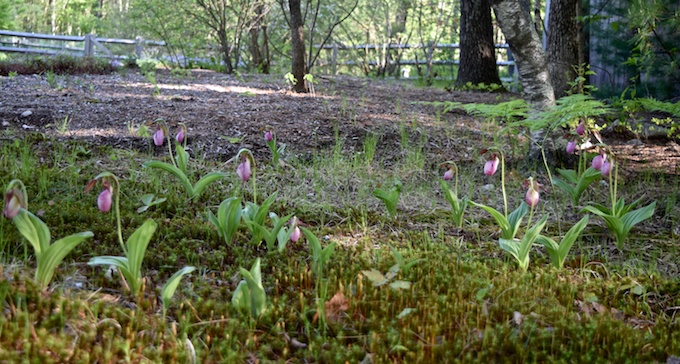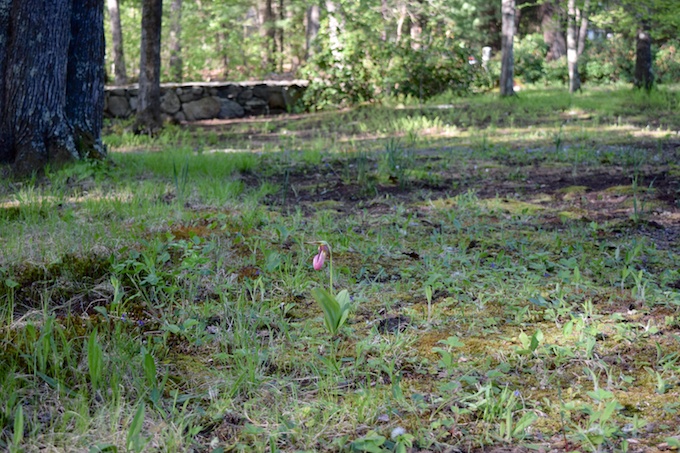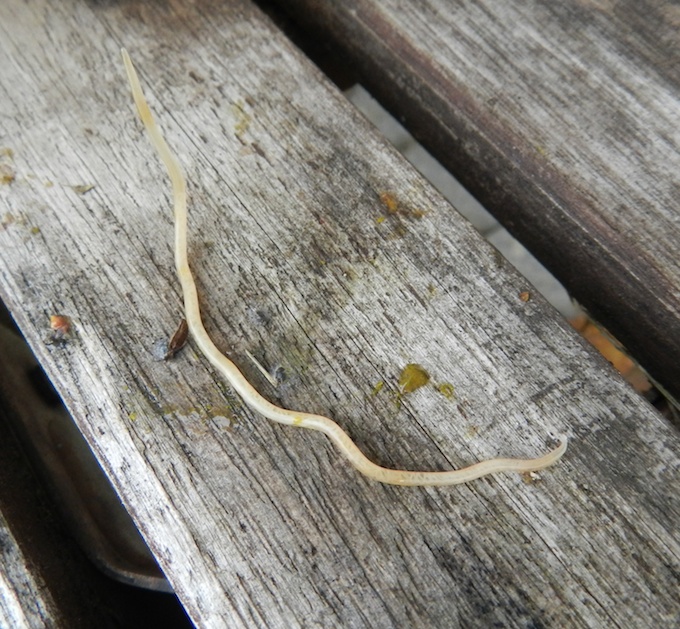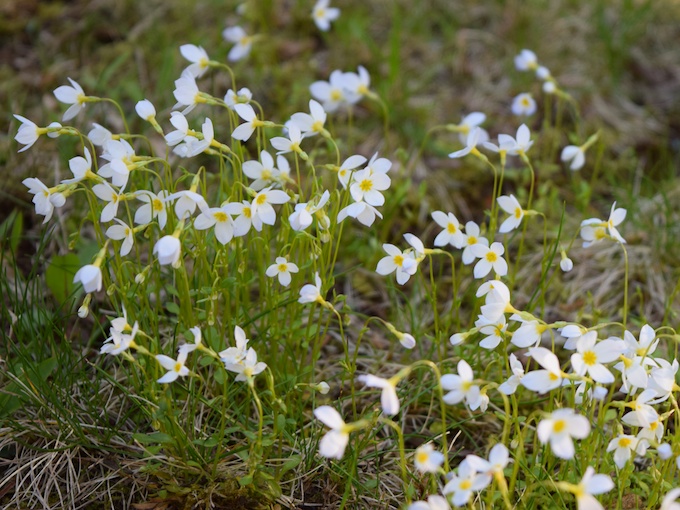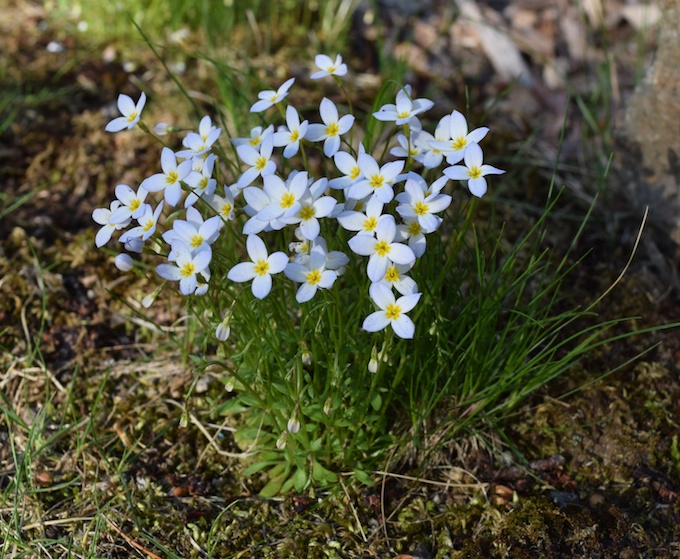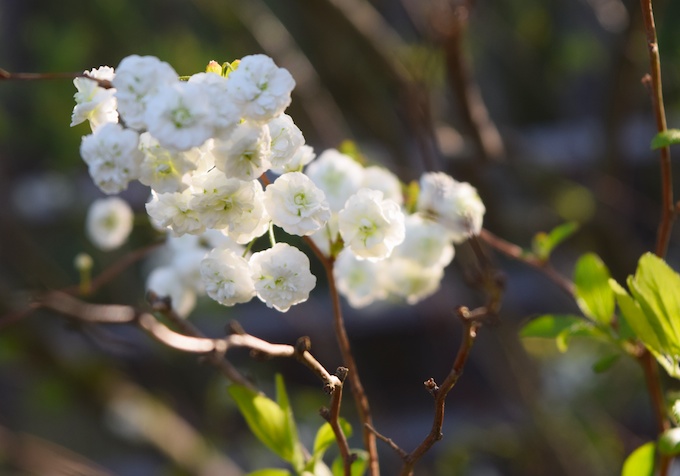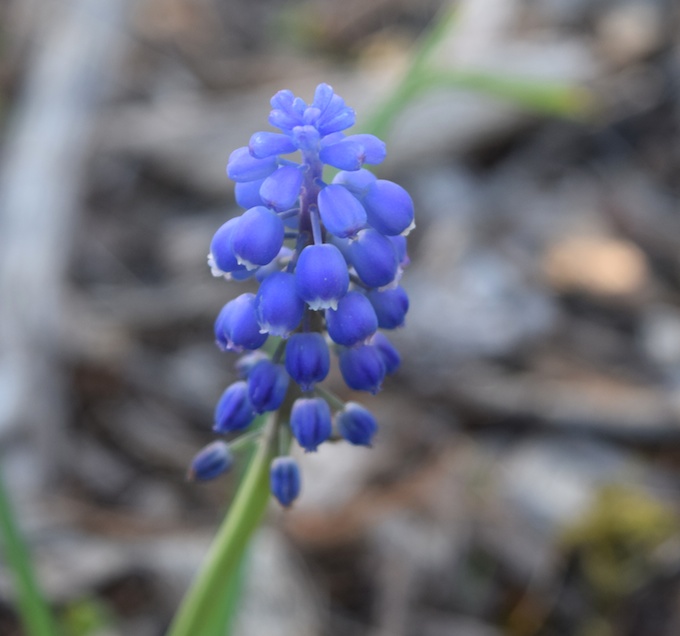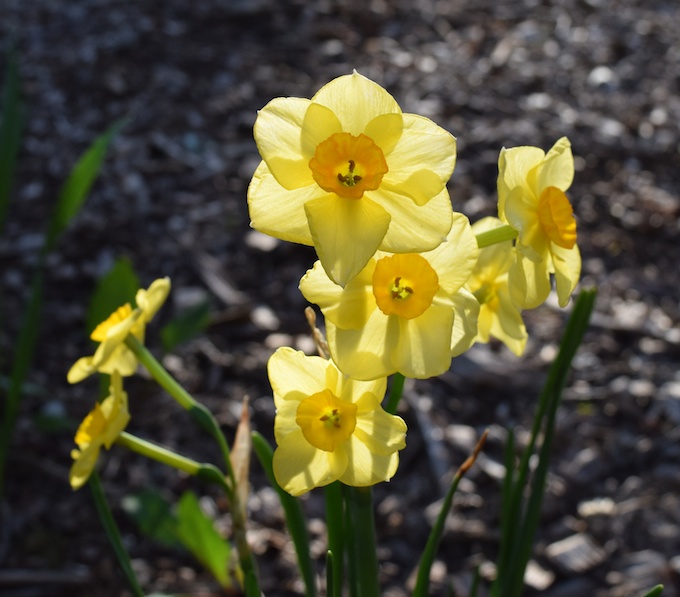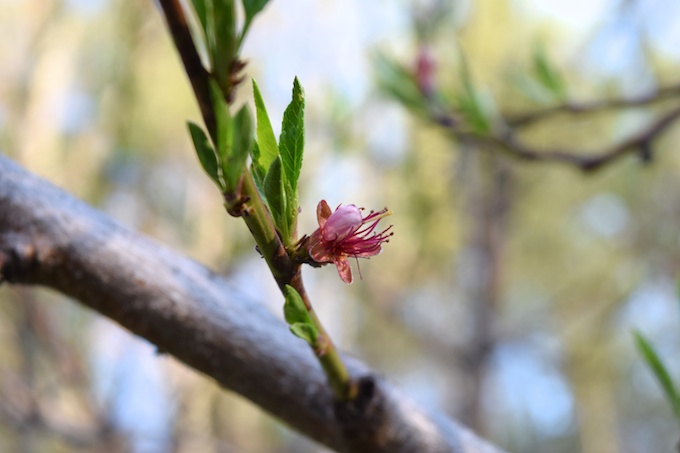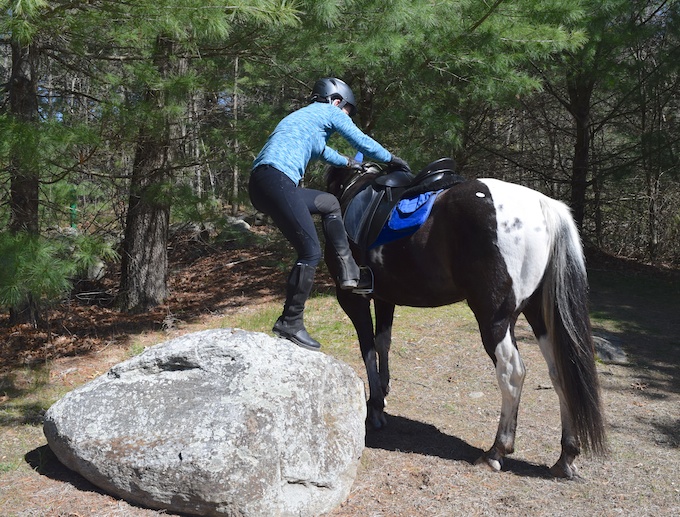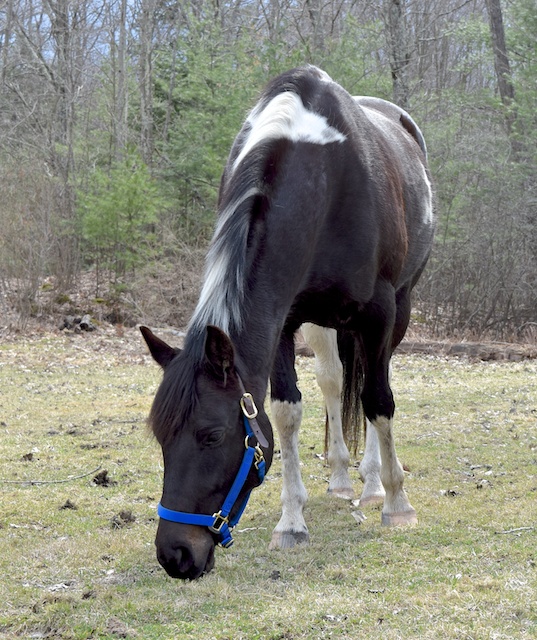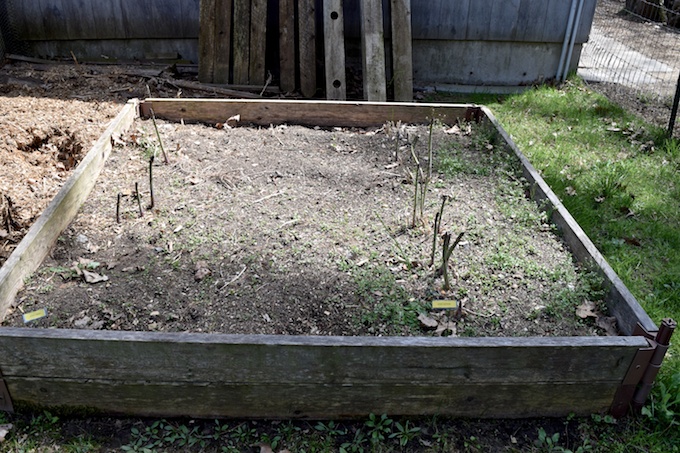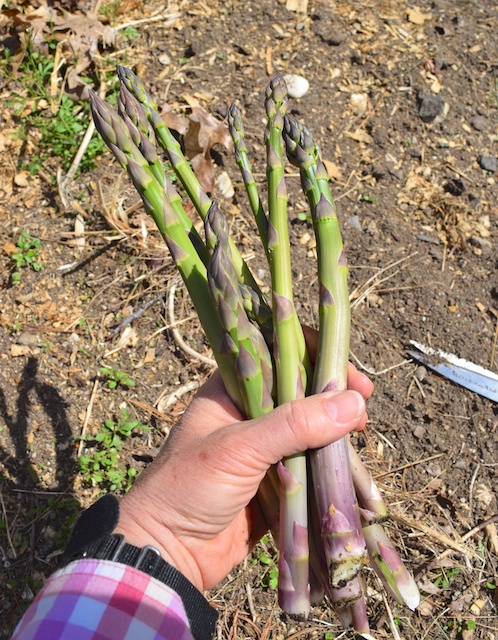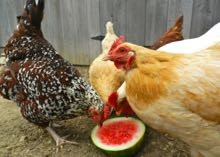Gardeners complain about the weather. There’s just no pleasing us. On a sunny, blue-sky day we’ll say, We need rain. When it rains we’ll say, The ground is too wet to work. This past winter gave us plenty to kvetch about, and much was valid. My hydrangeas died back to the ground (thankfully, though, shoots are coming up so I haven’t lost the plants.) The harsh winter caused a late spring. Trees are only now leafing out, well after they usually do. This has caused dire warnings for people affected by seasonal allergies. Usually, tree pollen comes first, and then comes the pollen from blooms. This year, it will be a perfect storm of both occurring together. Stock up on tissues now.
But, to be Pollyannaish* about it, there’s always an upside. That late spring has been a boon to one group of plants. Every springtime, I peer into a corner of my woodland, fingers crossed, hoping that the pink lady’s-slippers will reappear. These plants are finicky. They are almost impossible to cultivate as they require specific conditions of acidity, light, moisture and a fungus (!) in the soil, that is impossible to replicate in a greenhouse. (Please don’t purchase them at a garden center, as they were likely to have been dug up from the wild.) Although individual plants can live for upwards of twenty years, sometimes they don’t show themselves at all. Sometimes, they seemingly pick up their roots and traipse to some other corner of the forest.
This year all of the conditions were perfect, and because the trees have leafed out late, there’s a bright dappling of sunshine in the lady’s-slippers corner that seems to make them thrive. Instead of a half-dozen flowers, this year we counted over 25.
It’s such a good year for pink lady’s-slippers that this one decided to move away from the crowd.
They’re pretty from a distance, and so interesting up close.
The flowers lure in bees for pollination, but there’s nothing there for them to eat. As they exit, they pick up pollen, which they bring to yet another lady’s-slipper, as the scent and form is impossible for a bee to resist.
The lady’s-slippers in my front woodland will be gone by the end of the week. I’ll have to wait until next year to see them again.That is, if I’m lucky and the weather is just right.
Today, I have nothing to complain about. It rained overnight. My garden soil is just right. The sun is out. There’s a breeze to keep the mosquitos at bay. Yesterday, I stopped in at a local organic vegetable farm to purchase tomato plants. They’re going into my raised beds this morning. I have one of each of these varieties: Big Beef, Celebrity, Rutgers, Black Velvet, Plum Regal, Pineapple and Red Grape. Every one of these is new to me this year. Do you have experience with these tomatoes? Have a favorite that I missed? Every year I vow not to plant too many tomatoes, but I’ve room for one more. Which should it be? Let me know in the comments.
*For those of you unfamiliar with the term Pollyanna, she was a hero of children’s stories written in the late 1800s. Her optimistic worldview was, even back then, easy to parody. Being a Pollyanna means that you always (as the song from Spamalot goes) look on the bright side of life.
